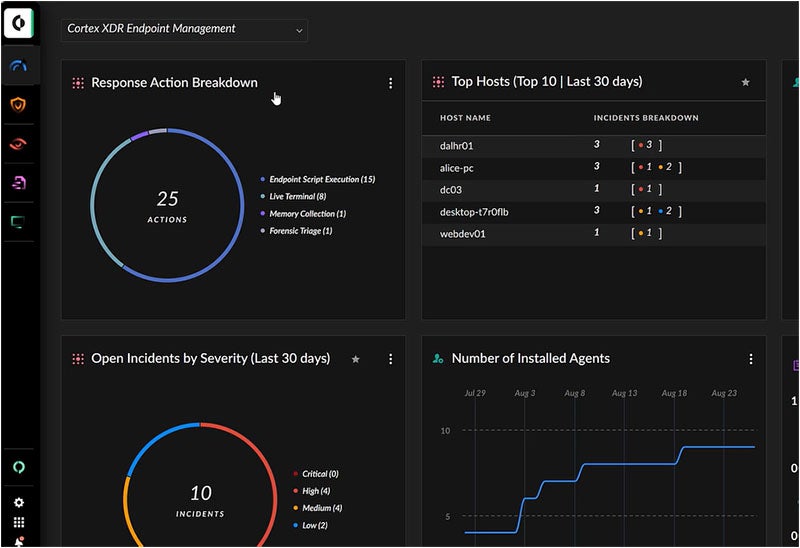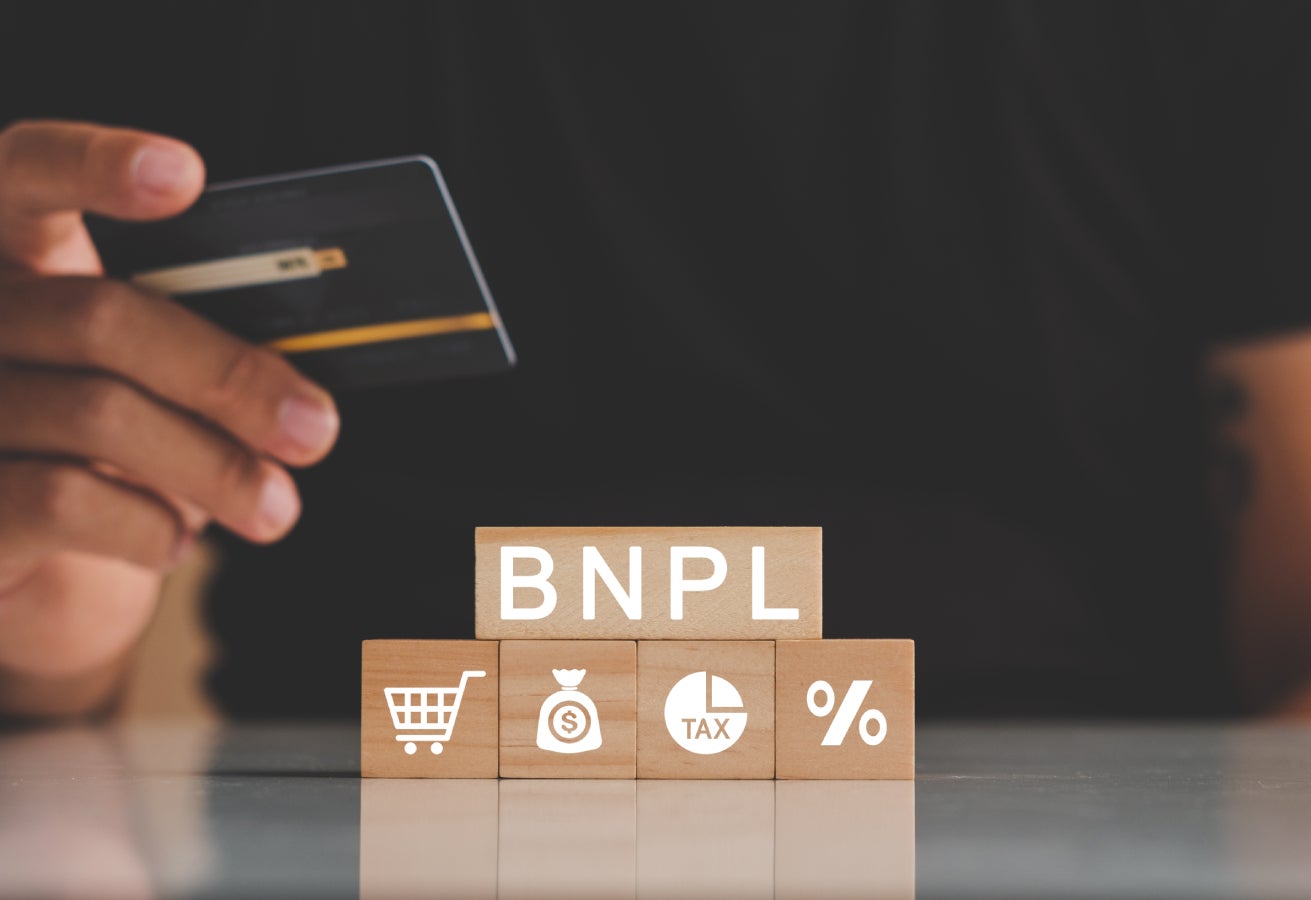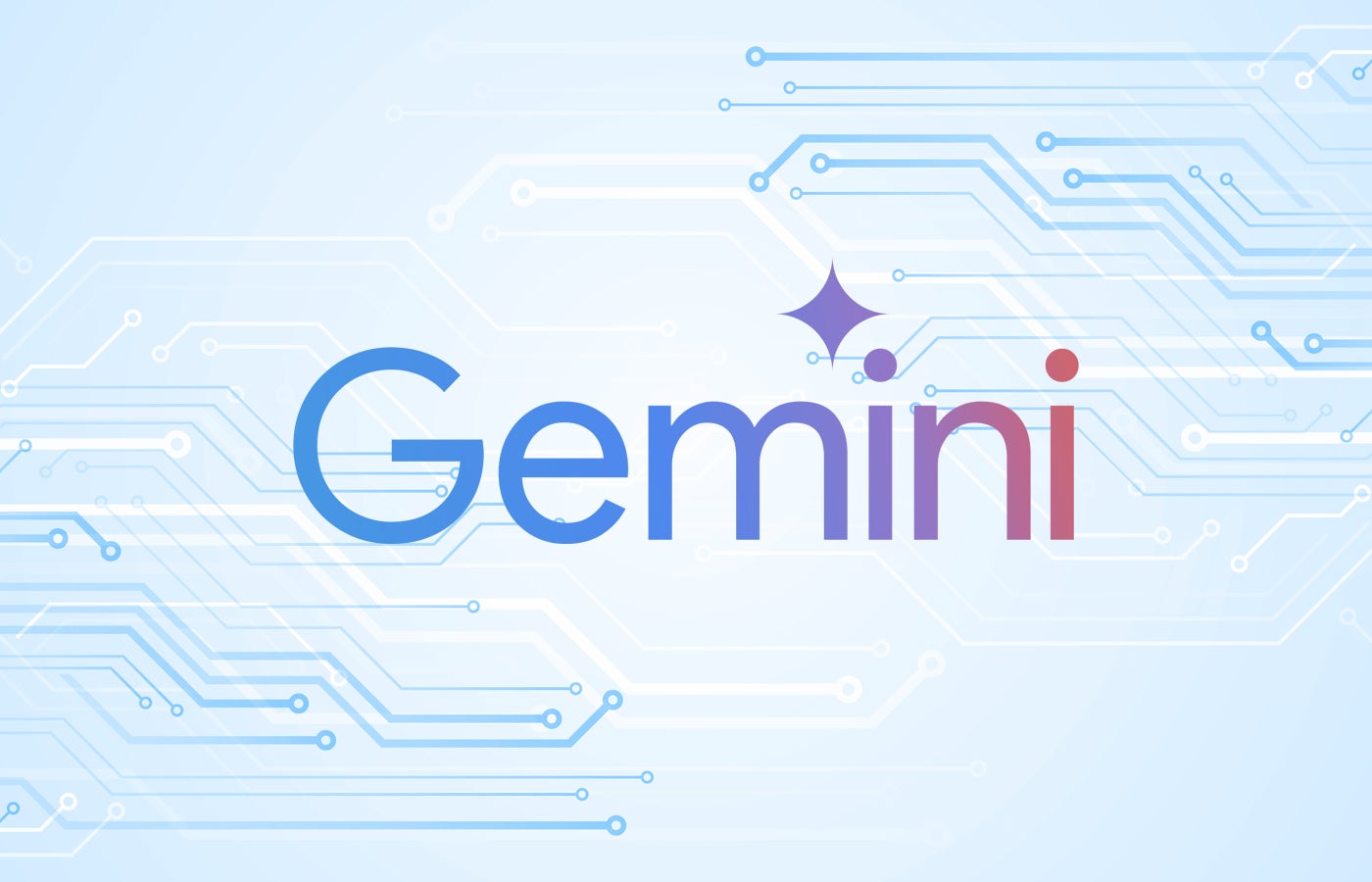Perhaps you are looking for an endpoint detection and response tool to improve your cybersecurity efforts. SentinelOne and Palo Alto are two of the top brands in this space, and this comparison will help you decide if any of the company's tools are right for you.
What is SentinelOne Singularity XDR?
SentinelOne's Singularity XDR platform delivers EDR and more with its end-to-end protection, visibility and response capabilities. The product also provides easy integrations with other tools a company may already use.
What is Cortex XDR from Palo Alto?
Cortex XDR is Palo Alto Networks' EDR offering. It assists cybersecurity teams before and after attacks occur, helping them mitigate the effects of such incidents and reduce the chances of similar events occurring in the future.
ESET PROTECT Advanced
Employees by company size
Micro (0-49), Small (50-249), Medium (250-999), Large (1000-4999), Business (5000+)
Any size of company
Any size of company
Characteristics
Advanced Threat Defense, Full Disk Encryption, Modern Endpoint Protection, Server Security
Alert logic
Employees by company size
Micro (0-49), Small (50-249), Medium (250-999), Large (1000-4999), Business (5000+)
Large (between 1,000 and 4,999 employees), enterprise (more than 5,000 employees)
Large, Company
Characteristics
Activity monitoring, dashboard, data security and more
Safety in Heimdal
Employees by company size
Micro (0-49), Small (50-249), Medium (250-999), Large (1000-4999), Business (5000+)
Small (50-249 employees), Medium (250-999 employees), Large (1000-4999 employees), Enterprise (5000+ employees)
Small, medium, large, company
Characteristics
Antivirus, Monitoring, Patch Management
SentinelOne Singularity vs Palo Alto Cortex XDR: Features Comparison
| starting price | ||
| Threat detection based on artificial intelligence | ||
| One-click fix and rollback | ||
| USB protection | ||
| Managed Threat Hunting Service | ||
| Scope based access control | ||
| Demo available | ||
|
|
SentinelOne Pricing vs. Palo Alto
SentinelOne Singularity Pricing
SentinelOne's Singularity platform offers four subscription tiers that include its EDR service. All prices below reflect the prices of 5-100 workstations.
Here's a breakdown of each:
- Singularity Check – $79.99; includes EDR, endpoint protection, and role-based access control.
- Complete Singularity – $159.99; all Control features plus extended detection and response, threat hunting, and 14-day data retention.
- Singularity Commercial – $209.99; Full features plus 30-day data retention and identity threat detection and response.
- Singularity Enterprise: Selected Pricing; It includes all business functions, plus network and vulnerability management, digital forensics, and training services.
Fortunately, you can request a demo of Singularity Commercial and Singularity Enterprise through the official SentinelOne website.
Palo Alto Cortex XDR Prices
For Palo Alto's Cortex XDR service, we get two tiers: Cortex XDR Prevent and Cortex XDR Pro.
Endpoint protection is present in both, but XDR Pro includes detection and response and the option for forensics, managed detection and response, and host information.
SEE: Brute force attacks and dictionary: A guide for IT leaders (TechRepublic Premium)
While you can request a demo of Cortex XDR on the official Palo Alto website, there are no explicit price list of both levels of Cortex XDR starting in May 2024.
Personally, I would have liked to see more transparent pricing from Palo Alto to better understand the Cortex XDR value proposition. But you can contact them for a demo and quote for their EDR and XDR services.
SentinelOne Singularity vs Palo Alto Cortex XDR: Features Comparison
Automation
As many of today's cybersecurity teams face increasing workloads, they typically like automated features that help them find and resolve threats faster. Both tools have a lot to offer in that regard.
SentinelOne's Singularity XDR has an automated Storyline feature that automatically links events and associated activities, helping cybersecurity experts know what happened and when. This feature allows people to see the context of events in seconds instead of taking hours to manually establish those connections. It also assigns a risk score to each event, allowing teams to rank and prioritize it.
SentinelOne's automation capabilities also extend to the artificial intelligence (AI) models that reside on every device on a network. They detect unusual activity in real time and even allow devices to self-heal after an attack, significantly reducing the manpower required by a company's cybersecurity experts.
Palo Alto Automation for Cortex XDR expands customizable features and automation packages that help businesses start optimizing processes faster. Additionally, the tool uses machine learning, including behavioral analysis, to automatically detect threats and alert people about them.
Cortex XDR can automatically integrate host data with flow and network logs, making it easy to identify the root cause of a threat. The platform also automatically groups related threats together, helping users decide which threats need attention first.
Analytics
SentinelOne recently introduced new PowerQuery analysis features that allow users to search and summarize data without working with it manually. The company suggests that this functionality will save a lot of time on tasks such as searching for ransomware or locating the main threat indicators by endpoint.
SEE: SentinelOne vs CrowdStrike: Compare EDR Software (TechRepublic)
In comparison, Cortex XDR aims to reduce the alert fatigue often associated with data analysis by allowing people to only receive notifications about the events that matter most to them. Then, when the time comes to analyze what happened, everything can happen from one place. Seeing all the necessary information at once allows people to act faster and with more confidence. The platform also has real-time data analysis capabilities, courtesy of the Analytics Engine feature.
Control panels
The SentinelOne dashboard allows users to create custom detection rules against certain threats. They will then receive an alert when network activity matches those parameters. Additionally, the program recognizes and responds to a full range of queries that help analysts work with data and draw informed conclusions.
SentinelOne also retains data for one year, making it easy for users to perform historical analysis and see if current threats have caused problems before.
Similarly, Palo Alto allows people to create customizable dashboards that reflect the needs of their organizations. Security events and broader trends can be summarized with graphical reports that people can generate on demand or at scheduled intervals.

The dashboard also shows open incidents over time. That information can help cybersecurity leaders better manage their workforce and workflows.
Pros and cons of SentinelOne uniqueness
Advantages
- AI-powered automation.
- Covers mobile device security well.
- Requires less configuration.
Cons
- It can be complex to manage.
- Many resources.
Pros and cons of Palo Alto Cortex XDR
Advantages
- Automatically integrates host data with network logs.
- Easy to use.
- Strong threat detection.
- Customizable control panels.
Cons
- Lacks transparent prices.
- Implementation takes time.
Should your organization use SentinelOne Singularity or Palo Alto Cortex XDR?
Both SentinelOne and Palo Alto Cortex XDR are highly rated EDR solutions that offer useful documentation to help users learn the platform more effectively.
While Cortex XDR is preferred for its ease of use and ongoing product support over SentinelOne, the platform requires more configuration to work well, especially for in-house and custom software. Users also tend to prefer SentinelOne's implementation of new features and its ability to cover mobile device security. As such, SentinelOne is ideal for smaller teams that need a robust EDR solution that also allows them to meet their business needs.
SEE: Check Point vs Palo Alto: Compare EDR software (TechRepublic)
However, when choosing an EDR solution, it is important to consider why you need it and how the solution's core features can help improve the efficiency and security of your business. If you're still unsure, both SentinelOne and Palo Alto offer free demos, which can allow you to familiarize yourself with what's available and imagine how these products could address your organization's pain points.
Methodology
My comparison between SentinelOne and Palo Alto's respective EDR solutions involved a detailed evaluation of each product's security offerings, cost, and standout features.
I took into consideration the EDR capabilities of both vendors, such as automation, analytics, remediation, and threat detection, among others. This was done through extensive research into the official documentation and included features of both products.
Additionally, I also took into account feedback from real users found on reputable review sites as a means to fill in the pros and cons of both solutions.












